What Exactly is Invisalign and How Does It Work?
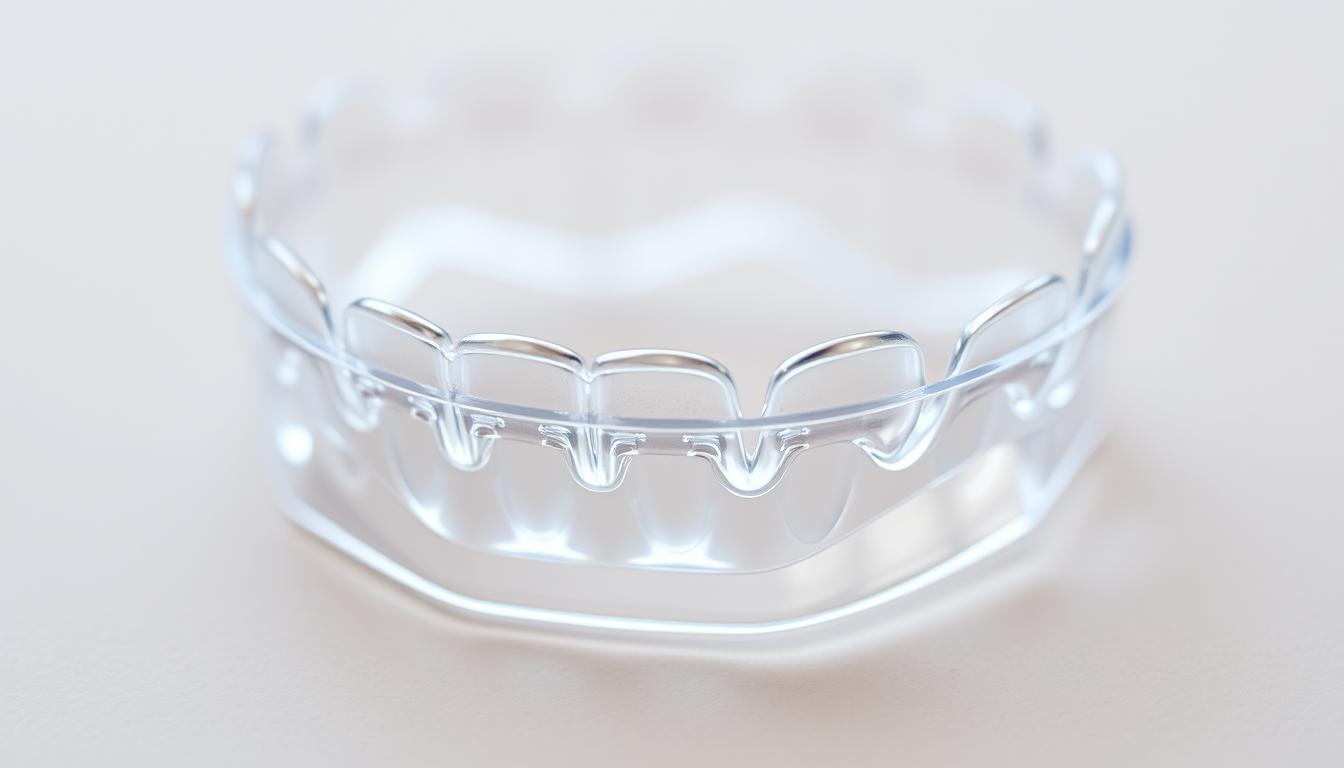
Recent surveys show that nearly 12 million people worldwide prefer clear aligners over metal braces. This trend makes many wonder: what is Invisalign and how does it work?
Invisalign is a modern dental solution that uses clear aligners to gently move teeth. It’s a less noticeable option compared to traditional braces. After treatment, a retainer is worn to maintain the new alignment.
Key Takeaways
- Clear aligners offer a discreet choice for daily activities
- Advanced aligner technology helps shift teeth over time
- Invisalign often feels more comfortable than metal braces
- Patients usually wear a retainer for long-term stability
- This modern solution delivers noticeable results without bulky brackets
Introduction to Invisalign
Orthodontic care changed in the late 1990s with a new tooth alignment method. This approach was recognized for its discreet design and advanced technology.
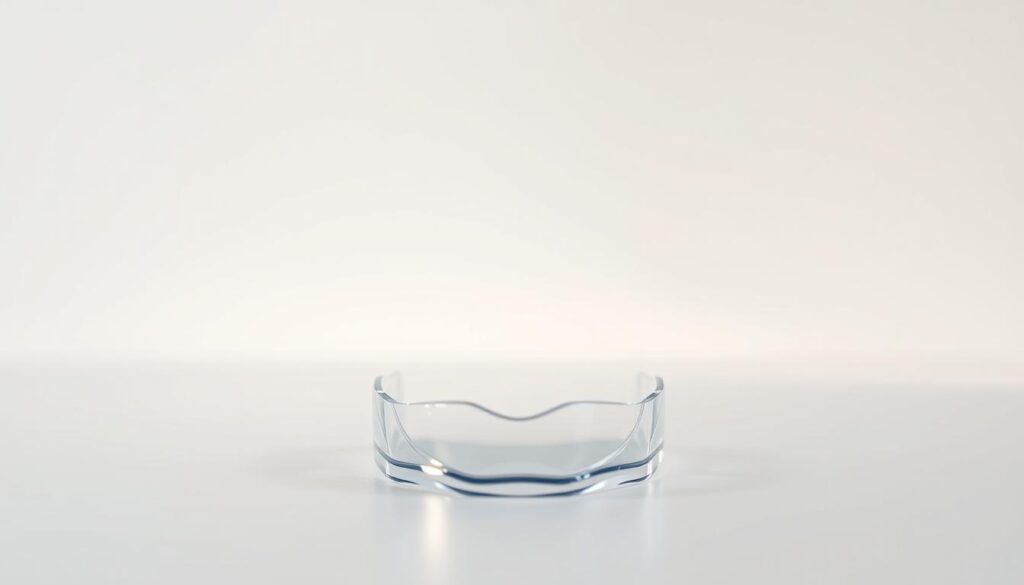
The History of Clear Aligners
Engineers and clinicians worked together to create clear aligners for teeth straightening. They used 3D imaging and customized plastic trays. Early users loved how comfortable they were and how little they interfered with daily life.
As more people saw good results, these aligners became more popular. They were praised for their looks and ease of use.
Invisalign vs Traditional Braces
Many people compare Invisalign vs traditional braces to find the best option. Metal brackets are well-known and reliable. But studies show aligners make oral hygiene easier and offer more food choices.
Both methods can work well, but aligners are removable and less noticeable. Success depends on consistent use and understanding that everyone’s journey is different.
Understanding the Invisalign System
Orthodontics has evolved, focusing on personalized tooth movement plans. This method uses computer imaging, precise materials, and a focus on comfort. It’s a modern way to get straighter teeth without the need for bulky attachments.
BPA-free thermoplastic and 3D imaging are at the heart of Invisalign. Each tooth’s position is mapped for accurate adjustments. Many people choose this option for its discreet nature and effectiveness in maintaining oral hygiene while aligning teeth.
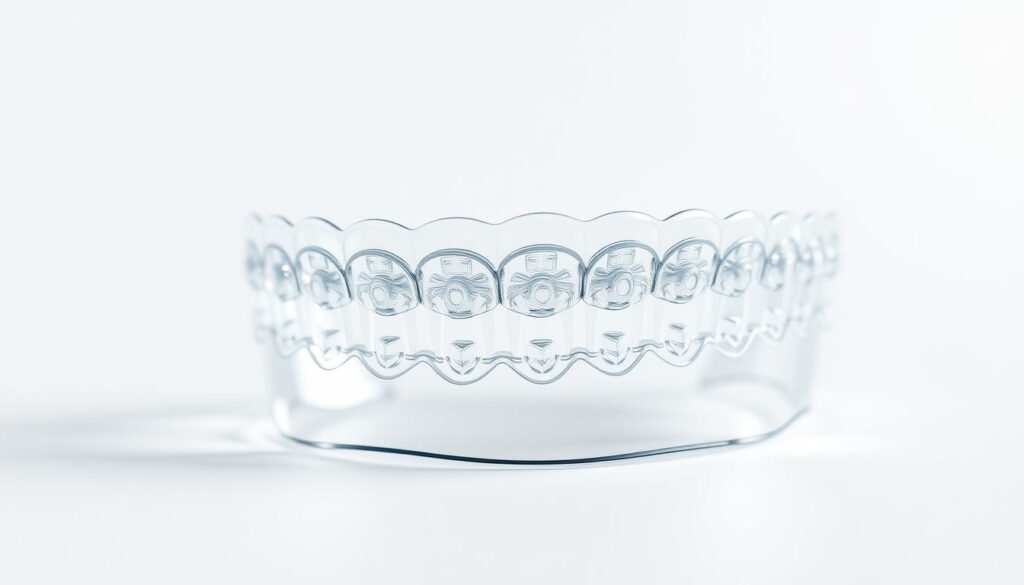
What Are Clear Aligners?
A clear aligner is a clear device made to fit over teeth. It applies gentle pressure for gradual movement. Providers like Invisalign create a series of trays for small, incremental tooth movements. Key features include:
- Comfortable fit that reduces irritation
- Removable design that simplifies hygiene
- Customized shape through accurate scans
How Invisalign is Made
Invisalign starts with a precise 3D scan of every tooth contour. This digital process guides the creation of aligners from special thermoplastic. Each aligner promotes a calculated shift, aiming for minimal discomfort and high accuracy. Many clinics use Invisalign for its stable and comfortable orthodontic experience.
| Step | Method | Key Benefit |
|---|---|---|
| Scanning | 3D imaging | Accurate mapping of tooth positions |
| Design | Software modeling | Personalized series of aligners |
| Manufacture | BPA-free material | Comfort and reliable tooth movement |
The Invisalign Treatment Process
Patients start with a full dental check-up to set goals. This step plans how to move teeth in a controlled way. The Invisalign process uses advanced models and personal data for precise steps.
Initial Consultation and Assessment
A certified dentist checks your teeth with digital scans or impressions. They check each tooth to see if it can be moved. They make sure it’s safe to move teeth without surgery.
Creating Your Custom Treatment Plan
After the check-up, software simulates how teeth will move. Dentists use this to plan the treatment time and aligner order. You must wear the aligners for 20–22 hours a day.
Fitting Your First Aligner
Your first aligner comes with clear instructions. You need to wear it consistently and visit the dentist regularly. Remember to take it out while eating to keep your teeth clean.
| Step | Focus | Typical Duration |
|---|---|---|
| Consultation | Overall Oral Assessment | 1 Visit |
| Planning | Digital Scans & Custom Alignment | Varies per Case |
| First Aligner | Initial Fitting & Wear Protocol | Up to 2 Weeks |
| Check-ups | Progress Tracking & Next Sets | Every 6–8 Weeks |
How Invisalign Works
Invisalign aligners work by applying the right amount of force over time. Each set of molds focuses on specific teeth, but doesn’t push too hard. This careful approach helps teeth move slowly and keeps patients comfortable.
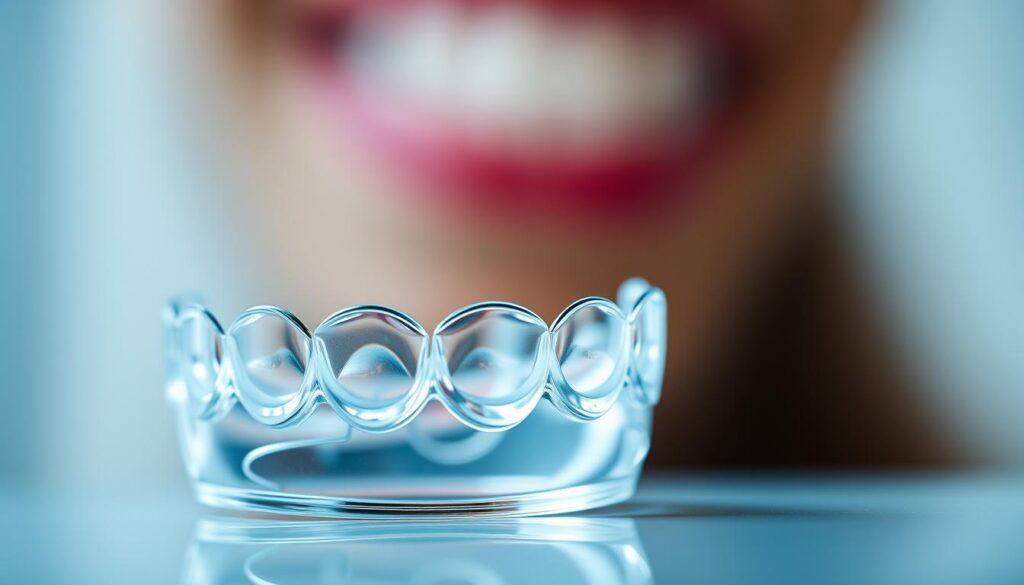
The Science Behind the Aligners
Clear trays made from medical-grade materials gently push on targeted teeth. This causes the bone around the teeth to change. At first, the changes might seem small, but they’re crucial for a straighter smile.
Gradual Tooth Movement Explained
Patients switch to new Invisalign trays as their dentist advises. This lets teeth move closer to their new position. The method is designed to be gentle on the teeth and gums, helping them reshape smoothly.
Steps often include:
- Wearing each aligner for the designated number of days.
- Advancing to the next tray once instructed.
- Monitoring tooth positions to confirm steady progress.
Advantages of Choosing Invisalign
Many people like how clear aligners are almost invisible. They fit snugly against teeth, making users feel confident. The smooth plastic is also gentle, reducing the chance of discomfort.
“Clear aligners have gained traction due to their discreet look and patient-friendly features,” reports the American Dental Association.
Aesthetic Benefits
These aligners are barely noticeable, which is great for work and social events. They let you interact freely without anyone noticing your orthodontic treatment.
- Reduced awareness in photos or meetings
- Confidence boost for everyday tasks
- Natural smile preserved during treatment
Comfort and Convenience
Invisalign aligners can be taken out for meals and brushing. This makes daily life easier, with fewer food restrictions and better oral care. The soft edges also make wearing them more comfortable.
Doctors say more patients are happy with Invisalign because of its flexibility. Being able to remove them and their smooth design make it a practical choice for many.
Considerations Before Starting Invisalign
Choosing clear aligners is a big step in orthodontic care. Is it right for everyone? A Invisalign consultation first checks if your gums and jaw fit the bill. Getting help from experts makes treatment safer and more effective.
Eligibility for Invisalign Treatment
People with mild to moderate teeth issues might find Invisalign helpful. It works for crowded or spaced teeth. But, some complex problems might need extra steps. Your teeth and gums need to be healthy, with strong bones and no gum disease.
- Complete dental exam to identify underlying issues
- Review of X-rays for detailed tooth positioning
- Evaluation of lifestyle factors that can affect aligner use
Common Myths and Misconceptions
Some think Invisalign can’t fix big problems like overbites or crowding. But, today’s 3D tech and expert care can handle these. Another myth is that only young people can use it. Actually, both teens and adults can try it. Without a pro’s eye, small dental needs might get missed. A thorough Invisalign consultation ensures the best fit and success.

Here’s a quick guide:
| Key Consideration | Reasoning |
|---|---|
| Professional Assessment | Ensures a customized plan for complex cases |
| Gum and Bone Health | Stable foundation for sustained results |
Caring for Your Aligners
Keeping Invisalign trays in good shape is easy with daily habits. Regular care stops buildup and keeps the aligner strong. Many find gentle methods best for their teeth and trays.
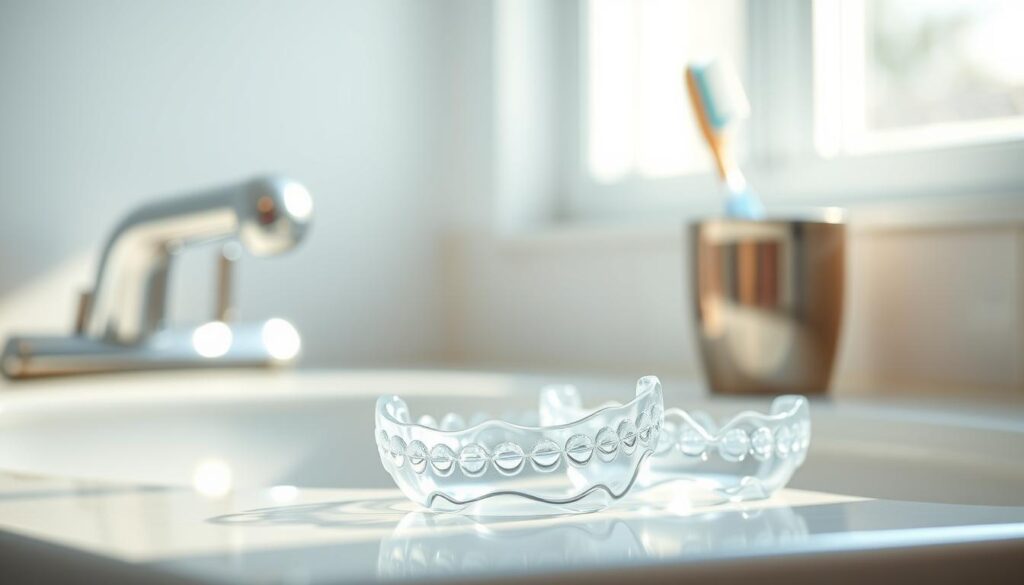
Cleaning and Maintenance Tips
Choose soft products for cleaning to avoid scratches. A soft-bristle toothbrush is great for removing dirt. Use mild toothpaste and lukewarm water for daily cleaning. Rinsing in cool water after meals helps avoid odors and stains.
- Rinse aligners immediately when removed
- Brush gently with a non-abrasive solution
- Avoid temperature extremes that can deform the plastic
Dos and Don’ts with Invisalign
Wear aligners all day to see progress. But, follow some rules to protect them. Remove trays before drinking anything but water to avoid stains. Store them in a case to prevent damage and bacteria.
- Do clean thoroughly before reinserting
- Do store in a sturdy case during meals
- Don’t drink hot beverages with trays in place
- Don’t use harsh chemicals or boiling water
Duration of Treatment
Clear aligners help move teeth in a way that feels easy and natural. Treatment can end in as little as six months for small changes. But, more complex cases might take up to two years. Regular check-ups are key to keeping track of progress and making sure everything is going right.
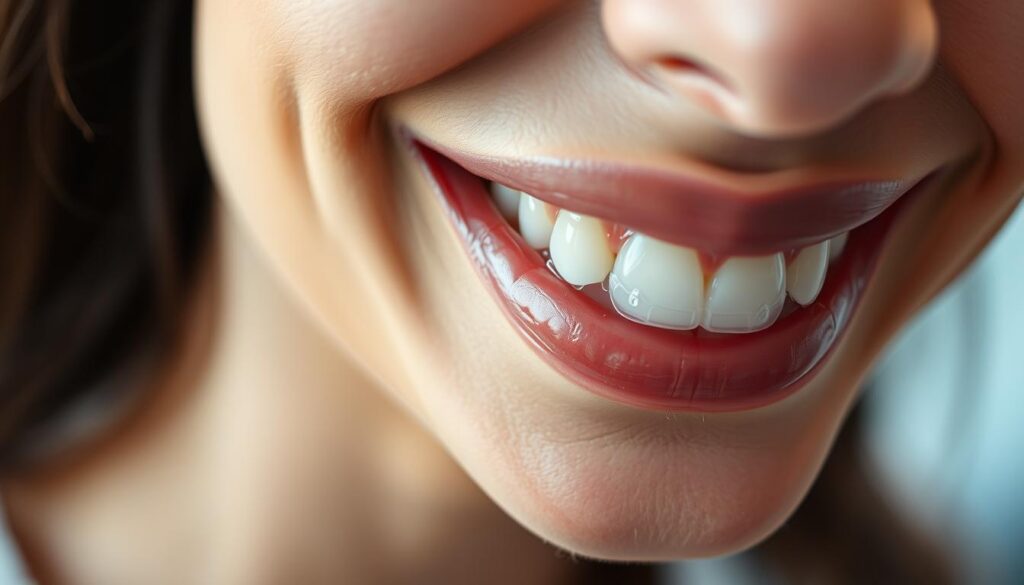
Average Treatment Timeline
Every treatment plan is unique, made by a dentist to track each step. Simple fixes might be quicker, but more complex ones need more attention. By making small adjustments and checking often, teeth move smoothly and predictably.
Factors Affecting Treatment Length
How well you follow the treatment plan is very important. Wearing the aligners as directed helps keep things on schedule. The type of tooth movement and how your body reacts also play a role. Regular check-ups help make sure you’re on the right path.
| Case Complexity | Estimated Duration |
|---|---|
| Mild Spacing | 6–12 months |
| Moderate Adjustment | Around 12–18 months |
| Severe Alignment Needs | Up to 24 months |
Cost of Invisalign
Thinking about Invisalign brings up money concerns. Many see it as a good deal for the long run. Knowing how much Invisalign costs and how well it works helps make choices. Prices usually fall between $3,000 and $7,000, based on how complex your case is.
Comparing Costs: Invisalign vs. Braces
Braces need brackets and wires, leading to more visits. Invisalign, with its removable aligners, might cost a bit more but needs fewer visits. This makes it easier to fit into daily life, which many find worth the price.
Insurance Coverage and Payment Plans
Some insurance covers part of the cost for Invisalign. Options like CareCredit or Affirm let you pay in monthly bits. This makes Invisalign more accessible, showing it’s a modern choice for teeth straightening.
Even with the cost, many see Invisalign as a good deal. It’s a way to improve your smile with little disruption to your life. Many believe it’s a smart investment in your oral health.
Effectiveness of Invisalign
Studies show that clear aligners work well when used as directed. Orthodontic journals have published research on their effectiveness. Dentists and orthodontists agree that success depends on how often they are worn and how engaged the patient is.
Success Rates and Testimonials
Reports and articles show many people are happy with their results. They talk about feeling more comfortable and seeing aesthetic improvements. Cases show that regular use can lead to better tooth alignment, boosting confidence and health.
Testimonials from diverse age groups show excitement about the discreet treatment. People feel more confident during social events because the aligners are almost invisible. This feedback encourages others to see how these aligners can change their smile.
Compliance and its Impact on Results
Experts stress the importance of wearing aligners consistently. They suggest wearing them 20 to 22 hours a day, removing them only for meals and brushing teeth. Here are some key points:
- Steady tooth movement depends on daily commitment
- Delays occur when trays remain out too long
- Regular check-ins help maintain proper fit
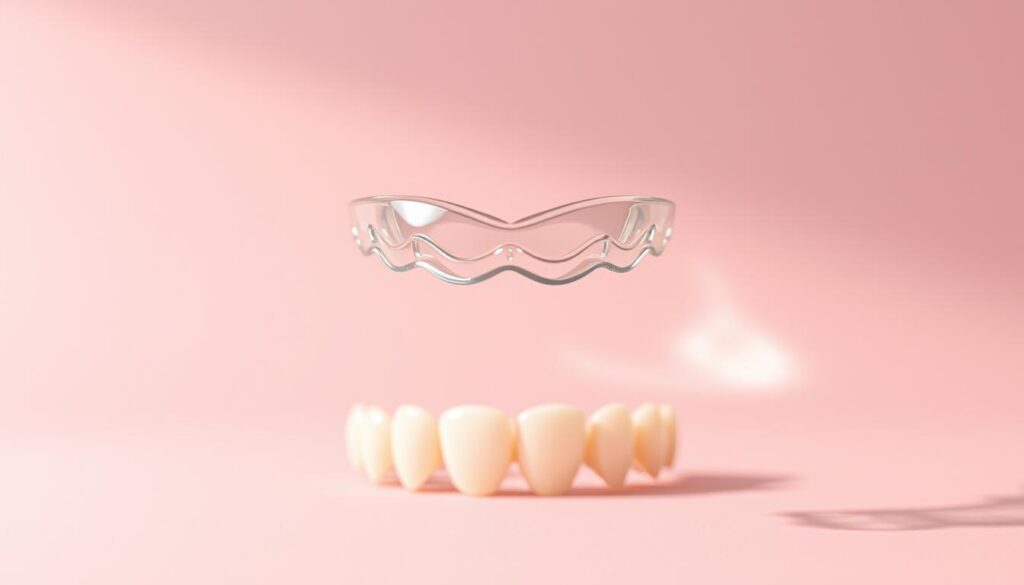
Follow-Up and Adjustments
Seeing a certified provider regularly keeps teeth moving smoothly. Each visit makes sure the aligners are working right. It checks if any teeth are not moving as planned.
Monitoring Your Progress
Checkups show teeth are moving as expected. Doctors look at gum health and how teeth move. Most people see their dentist or orthodontist every few weeks.
When Adjustments are Needed
If a tooth is hard to move or feels tight, changes might be needed. New aligners can help fix these issues without much hassle. Sometimes, a Vivera™ retainer is used to keep teeth in place after treatment.
| Visit | Primary Goal | Frequency | Retainer Planning |
|---|---|---|---|
| Initial Post-Aligner Check | Confirm Proper Fit | 1-2 Weeks After Final Aligner | Discuss Retainer Options |
| Mid-Treatment Evaluation | Monitor Tooth Movement | Every 4-6 Weeks | Begin Retainer Preparation |
| Final Assessment | Ensure Desired Results | End of Aligner Series | Issue Vivera™ Retainer |
Conclusion
Invisalign by Align Technology is a precise way to straighten teeth without being seen. It combines advanced science with expert advice, often leading to faster results than traditional braces. Each aligner is made for comfort but still applies the needed pressure to move teeth.
Final Thoughts on Choosing Invisalign
This orthodontic solution is known for its cutting-edge materials and custom plans. Dentists and orthodontists use special tools to track progress. This helps keep individuals on track.
The design is easy to use and fits into daily routines. It doesn’t get in the way of eating or brushing. It also helps improve oral health by guiding tooth movement.
Encouragement for Readers to Explore Options
People can talk to a dental professional to see if clear aligners are right for them. A personalized approach respects each person’s dental needs. This ensures a plan that promotes lasting alignment and healthy smiles.


